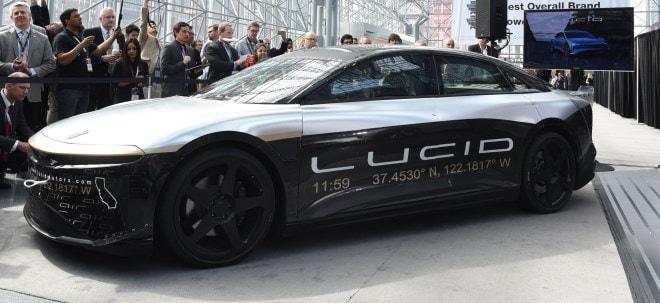The 1+ billion tonne resources contains 11.1 million tonnes of rare earth oxide
Greenland Minerals and Energy Ltd (ASX:GGG) owns 100% of the large-scale Kvanefjeld Project in Greenland.
It is projected to be one of the largest producers globally of key magnet metals along with by‐production of uranium and zinc.
A globally significant project
Greenland Minerals' vision is to develop a stable, long-term source of materials for clean energy generation and energy efficient technologies.
Kvanefjeld is one of the world's most advanced rare earth and uranium projects with defined JORC compliant resources of over 1 billion tonnes containing 11.1 million tonnes of rare earth oxide and 593 million pounds of uranium.
As per the April 2016 updated feasibility study, the net present value of the project is US$1.59 billion and the internal rate of return is 43.4%.
Project financing costs are US$831.9 million and the project has a payback period of 5 years.
Project has initial mine-life of 37 years
Based on an ore reserve of 108 million tonnes, the project has an initial mine life of 37 years.
Notably, this ore reserve only represents circa 10% of the 1 billion tonne-plus resource estimate.
Kvanefjeld to power the clean energy future
The Kvanefjeld project is forecast to be the largest producer of key rare earth elements for electric vehicles.
These include neodymium, praseodymium and dysprosium which are essential to high-powered permanent magnets used in the electric drive motors.
Prices of neodymium and praseodymium have been rising on the back of strong demand and tightening supply.
Countries including China, India, France, UK and Norway are moving to set timelines for their respective national transition to electric vehicles.
Kvanefjeld has the largest code‐compliant resource (JORC or CIM) of rare earth elements that are critical to the clean, green and smart revolution.
Strategic partnership with Shenghe
Greenland Minerals has a strategic partnership with major shareholder Shenghe Resources Holding Co Ltd (SHA:600392).
Shenghe is a multi-billion dollar integrated rare earth mining, beneficiation, separation and downstream processing business.
This strategic relationship with Shenghe represents a major landmark for Greenland Minerals and the development of the Kvanefjeld project.
The fundamental objective of both parties is to develop the Kvanefjeld rare earth and uranium project in Greenland as a cornerstone to new supply networks.
The relationship with Shenghe is significant given its expertise in mining, beneficiation, metallurgy, separation and downstream processing and marketing.
Collaborative optimisation program with Shenghe
Throughout 2017, the company worked on a collaborative optimisation program with Shenghe which delivered valuable project improvements.
The program aimed to improve metallurgical performance, simplify processing and improve the cost structure of the project.
Results from flotation improvements produced a 60% increase in rare earth mineral concentrate grades, without recovery loss.
Furthermore, a new leaching methodology was developed to simplify the circuit dramatically that eliminates a number of processing steps and utilises smaller equipment.
This will result in reduced capital and operating costs, smaller in‐country footprint and reduced impacts.
Revising the feasibility study and project cost‐structure
Discussions are planned to finalise the optimised development strategy and map out the work programs required to revise the feasibility study and update the project cost‐structure.
Company representatives will be visiting Greenland and Denmark in February to update government departments on the positive developments, advantages, and implications.
Impact assessments progressing through final stages
Project permitting continues with a focus on the social impact assessment (SIA) the environmental impact assessment (EIA) and the maritime safety study.
Many of the recommendations that were put forward following detailed reviews were addressed and additional data was generated to supplement datasets where requested.
Major changes to the global supply of rare earths
Major changes are coming to global rare earth supply, with China looking to cap primary production in 2020, as a point when demand is set to surge.
Greenland Minerals had been actively engaging the Chinese rare earth industry for a number of years; a process which provided strong insight into how the industry was reshaping.
Increasing global government policies to transition to electric vehicles and to significantly expand offshore wind power capacity continues to drive prices of rare earth elements.
These policies underwrite continued demand growth for neodymium, praseodymium and dysprosium.
Kvanefjeld would be one of the largest producers globally of these critical materials.
Furthermore, on the supply side, under China’s rare earth development plan for 2016-2020, mine production is to be capped at 140,000 tonnes per annum.
This will likely see China shift to a net-importer of rare earths providing a valuable window for projects such as Kvanefjeld.
|


 Thread abonnieren
Thread abonnieren

